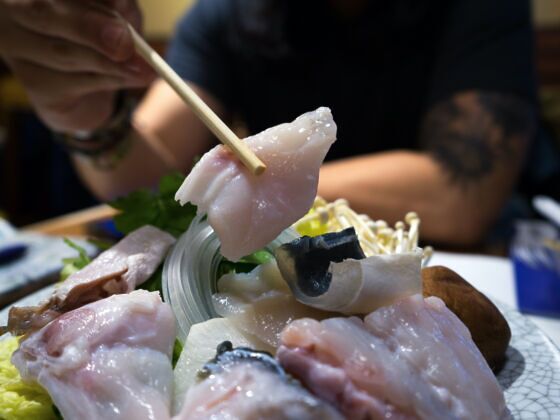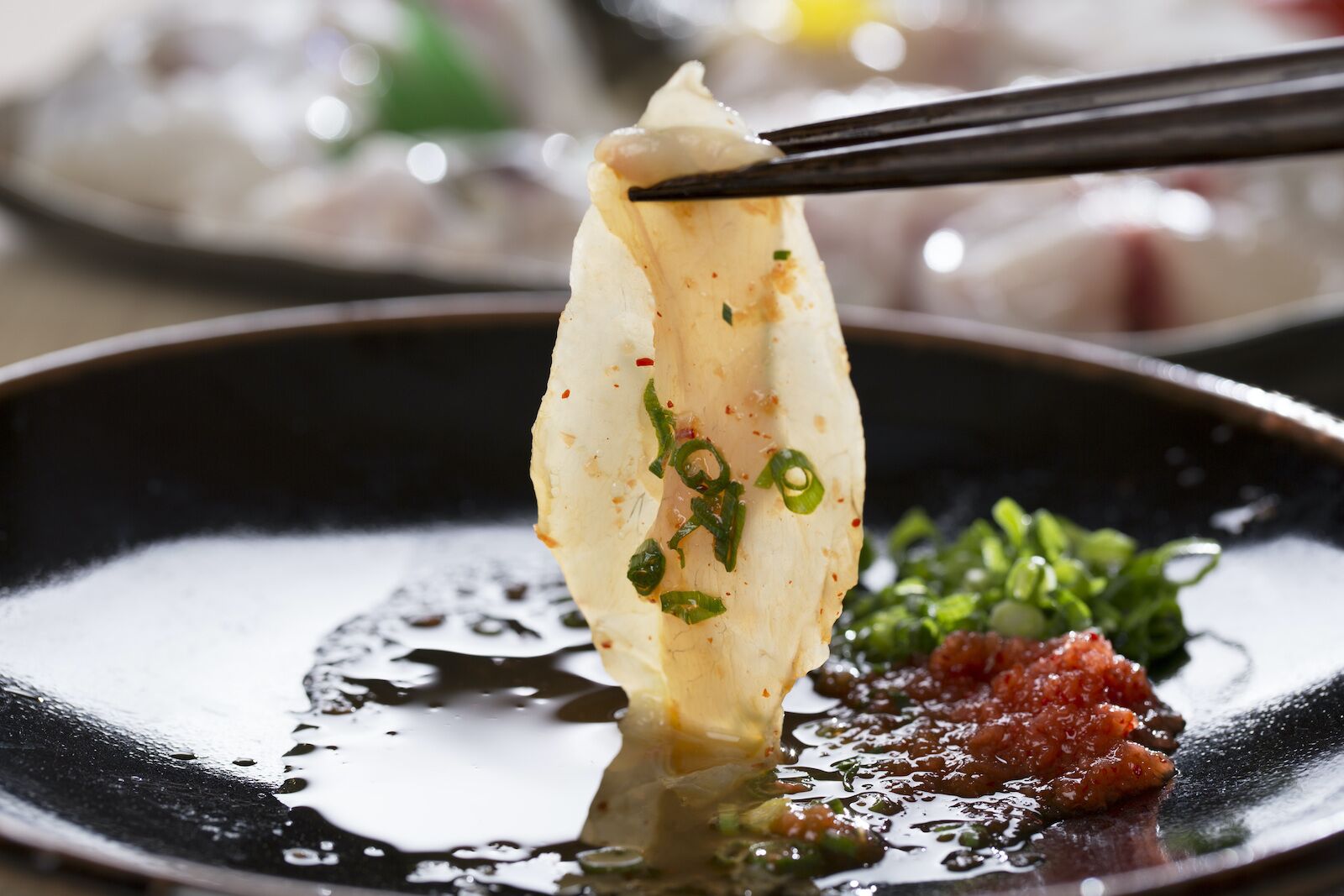Known in one region as ‘fuku’, meaning luck and in another as ‘teppo’ meaning gun, the infamous Japanese pufferfish is the Russian roulette of the dining world. Laced with a poison that kills in hours and has no cure, in Japan the delicacy can only be prepared by trained chefs with years of experience and is, understandably, a rare and expensive dish.
The draw of such a dangerous meal? A subtly-flavored flesh that’s high in protein, low in fat, and has a refined richness only fit for fine dining. Urban legend says that the only dish the Japanese emperor is forbidden from eating, but the added risk is an undeniable attraction. Fear does heighten the senses after all.



